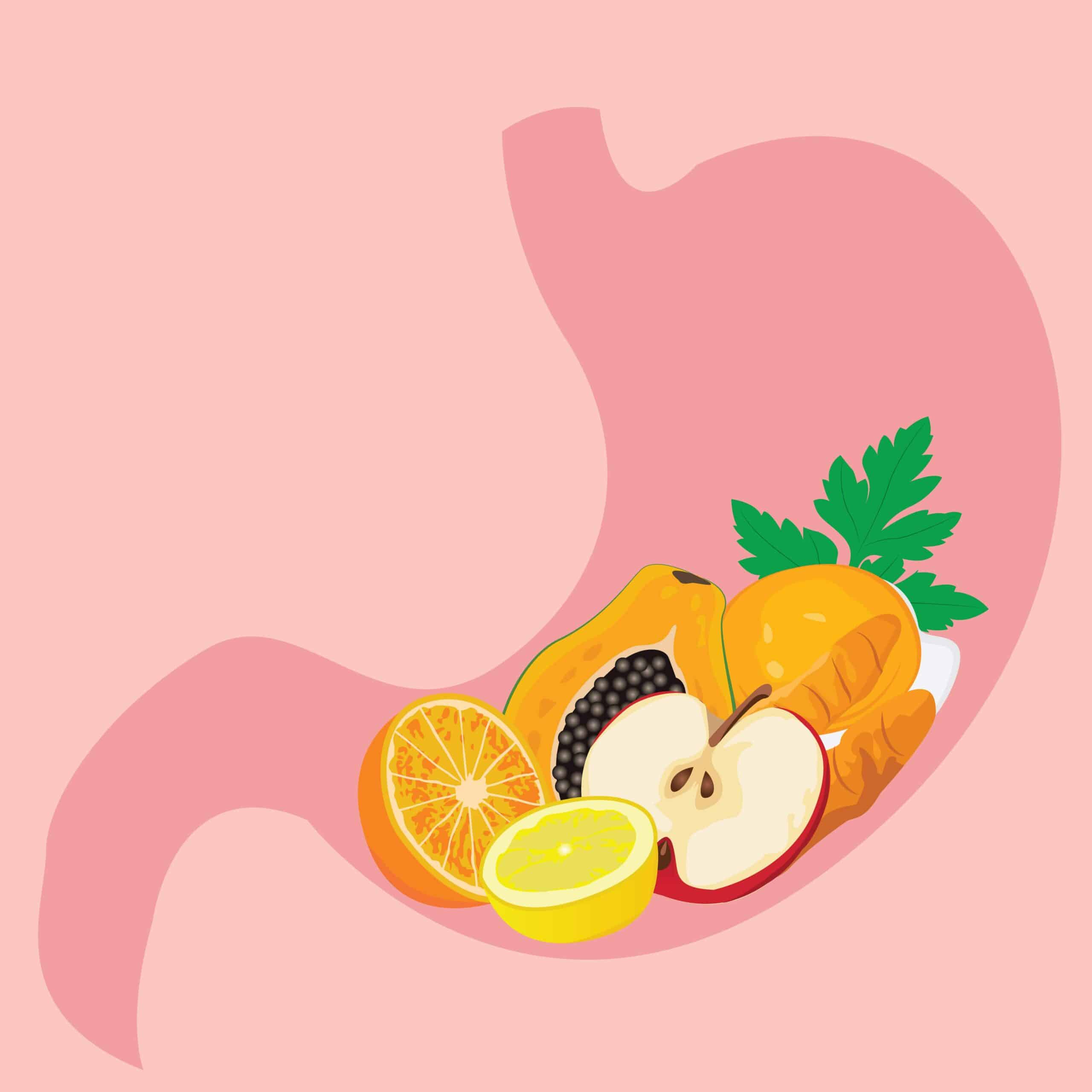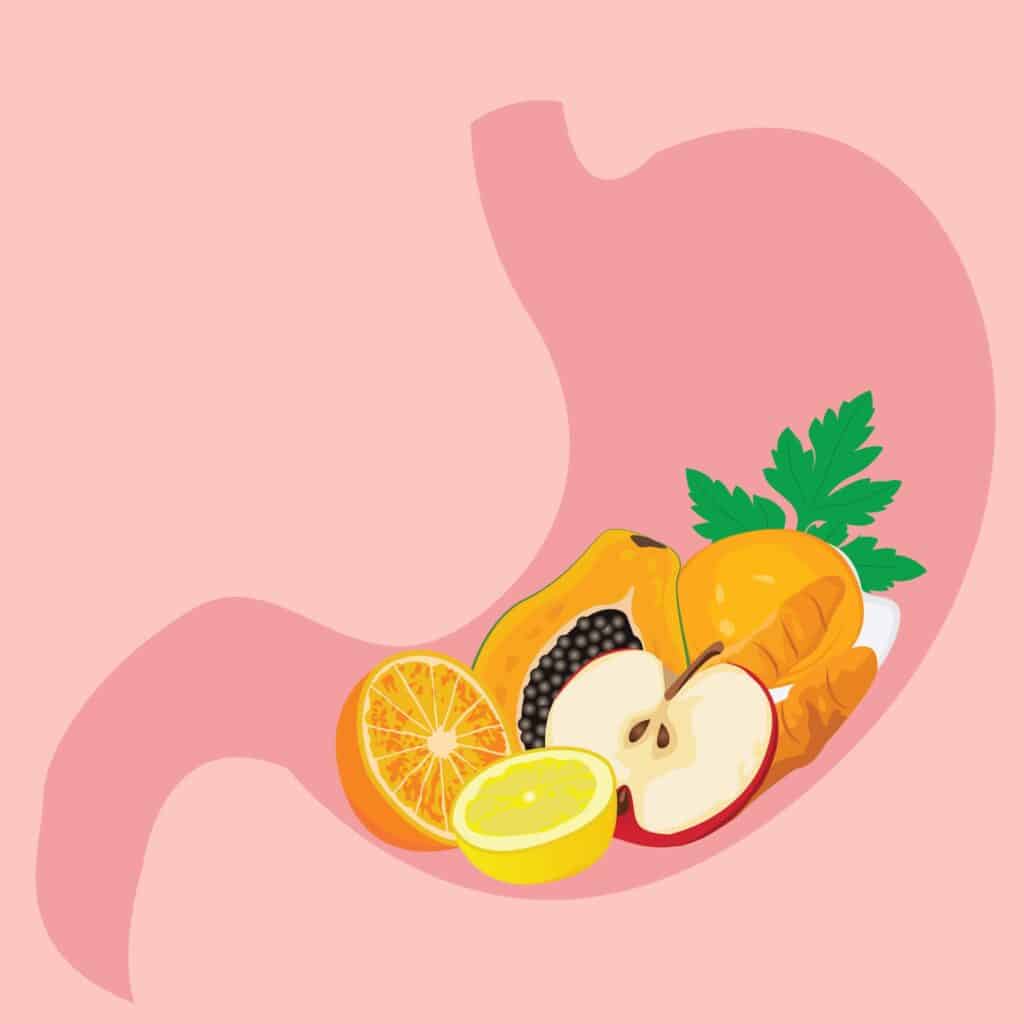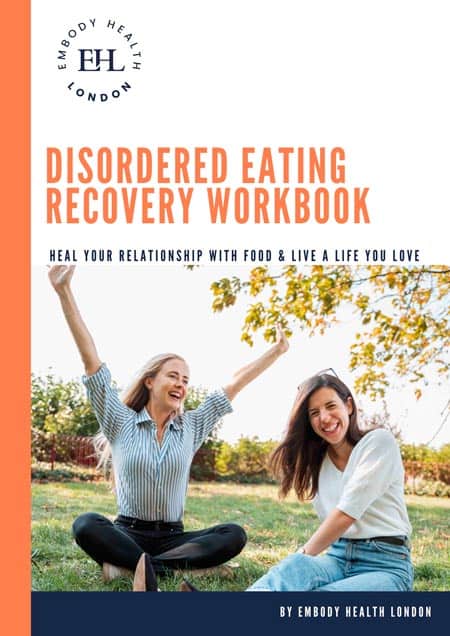Blog

How to Feel Your Fullness
Alas, the moment you finish your plate and realise you have eaten beyond your physical needs and you need to untie your trousers…
We have all been there before and there is no shame in feeling overfull – heck, it happens to the best of us and sometimes it is so damn worth it!
The problem arises when it becomes a pattern for the most part rather than for the least part.
Fullness is often a tricky one for our clients as it may be more difficult to identify that hunger.
The fantastic news is that it IS possible to learn to detect fullness before you get uncomfortable and fullness is NOT something to be afraid of.
Fullness is your body’s natural way of you telling you the tank is full and you have had enough – similar to the *CLUNK* you hear when you fill up the car with petrol.
The sensation of fullness is coordinated by various physiological signals and pathways in the body as the body intricately modulates hunger and fullness based on various factors such as how little we ate earlier in the day, activity levels, mensuration or hormonal changes, stress levels and sleep quality etc.
Fullness is detected when the tight net of nerves that surround your stomach are stimulated as the stomach gets filled. As the stomach fills up like a balloon it expands and this net of nerves is activated to tell your brain it is physically filling up! Of course, this may be why diet-culture tells you to drink coffee or water to subside your hunger, but as you very well may know, this doesn’t last long and hunger usually returns screaming louder (not advised).
There is also a cocktail of hormones that is released in response to the type of nutrients that enter into your small intestine from your stomach, which may include fats, proteins or carbohydrates. These hormones signal back to your brain that it is receiving nutrition. Of particular importance here is a hormone we often talk about – leptin – this is the hormone that cues fullness and tells your brain you have had enough.
So evidently, feeling fullness is an intricate process that is orchestrated beautifully by the human body (oh, how we love to marvel at the human body!). Once you begin to better understand and tune into your fullness this will help you build trust with it to eventually become intuitive.
Now, what if you are afraid of feeling full?
When we ask clients to tell us how they would describe fullness we often get responses such as “neutral”, “no longer feeling hungry”, which is what has been deemed the fullness gap [1].
NOTE: Just because you are no longer hungry does not mean you are full!
Eating amounts just to neutralise your hunger may increase your risk of feeling hungrier sooner. This is often the case when clients tell us they are always hungry yet always eating. Consider you may not be having enough.
Our goal? To help you find COMFORTABLE fullness that is SATISFYING.
Effectively detecting fullness is rudimental to giving your body what it needs. Below you find our tips to help you get there.
ONE. Insert a mid-meal pause
Pausing halfway through your meal can be an effective step to begin to learn about your fullness and what it feels like for you. Take a breather and ask yourself, Am I still enjoying this food? Where am I at with my fullness? What physical sensations am I feeling right now? Are they Neutral? Pleasant? Unpleasant? May I want something else?
We encourage you to make note of these sensations using YOUR own words. Perhaps you feel it as a change in energy level? Perhaps you notice a change in your concentration, maybe eating has naturally slowed down and you are no longer interested in your meal or snack? Perhaps your mood has lifted? Be curious.
TWO. Limit distractions
When you start learning to feel your fullness we always recommend keeping distractions to a minimum. It’s not to say you’ll never be able to eat a bag of popcorn whilst watching a movie (the horror!). Remember, when we are learning we often require more concentration on the given thing. Limiting distractions whilst eating can also ensure your gut and brain have a clear communication pathway.
Studies have shown that distracted eaters are less likely to remember what they ate, less likely to feel satisfied, and more likely to be hungry sooner after the meal [2].
THREE. Slow and steady wins the race
You know what they always say! Well, it turns out it’s actually true.
Try putting your fork down every few bites if you have a tendency to “inhale” your meals. A fun party trick can also be to try eating with your non-dominant hand. See what happens, you may be surprised.
Take time to be present whilst eating and bring your awareness to your food’s appearance, aroma and texture. The more slowly you eat, the more time your body has to register it has topped up its energy levels.
FOUR. Unsubscribe to the clean the plate club
Now this one may be challenging and we have been there. Raise your hand if you have ever been told or forced to “finish your plate!” (the odds are, the majority of us have our hand up!). You are not alone. It can difficult to challenge something that has been engrained in us for so long.
Whether it be the belief that we must, or perhaps the guilt of wasting your food. The wonderful news is – LEFTOVERS. You can enjoy the meal more later if you need, and there is no inherent need to throw away your food just because you didn’t finish your plate.
Ask yourself, how does finishing your plate (if it is beyond your physical needs) serve you?
Next, challenge yourself to not finish your plate the next time you feel full and have food remaining (even if it’s just a bite!). See what happens and practice this.
If you have made it this far – kudos to you! We are giving away a FREE Fullness Discovery Audio Resource to help you practice feeling your fullness!
WANT IN? Take a screen shot of our blog post and tell us what you thought was the most helpful part! Tag us @embodyhealthlondon_ and you will find a freebie in your DM!
Your team at EHL x
- Thomas, L. (2018). Just eat it. How Intuitive Eating Can Help You Get Your Shit Together Around Food. Pan Macmillan UK.
- Brunstorm, JM. & Mitchell, GL. (2006). Effect of distraction in the development of satiety, British Journal of Nutrition, 96. 761-769. DOI: 10.1079/BJN20061880














